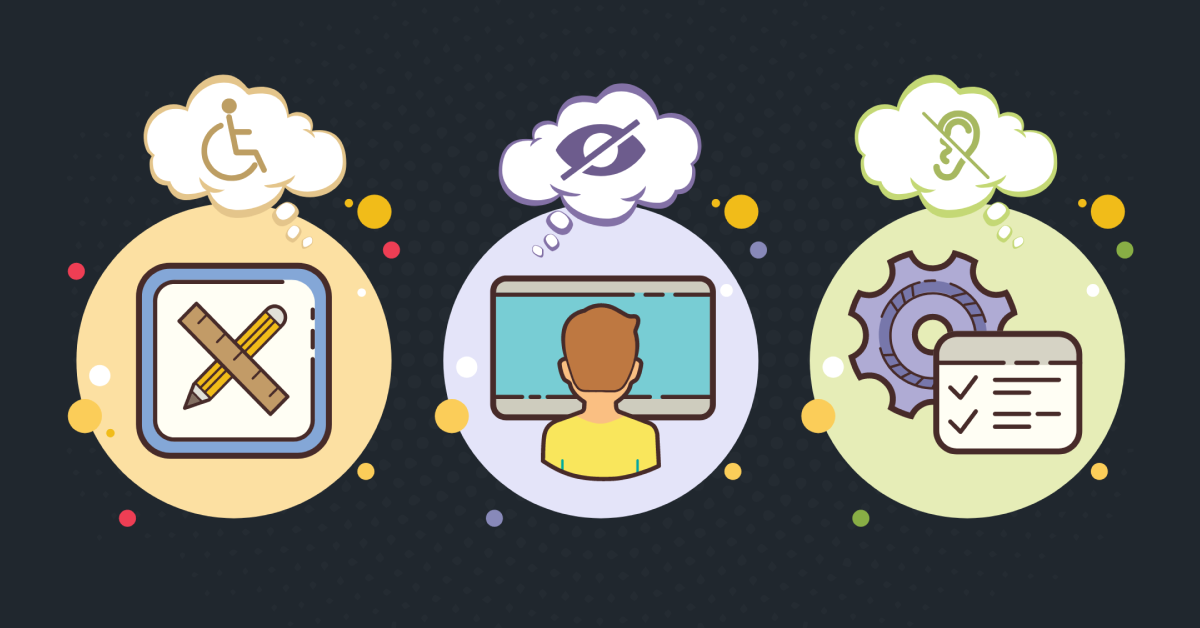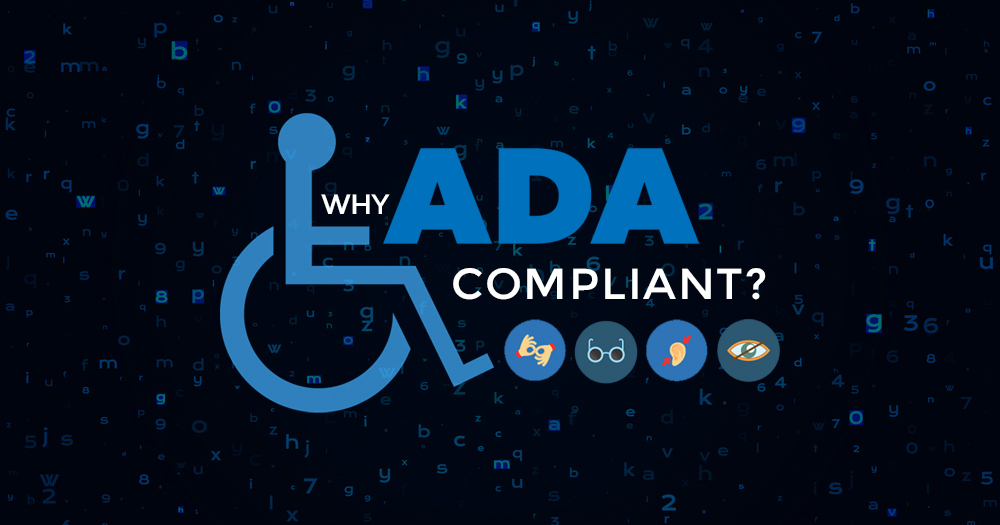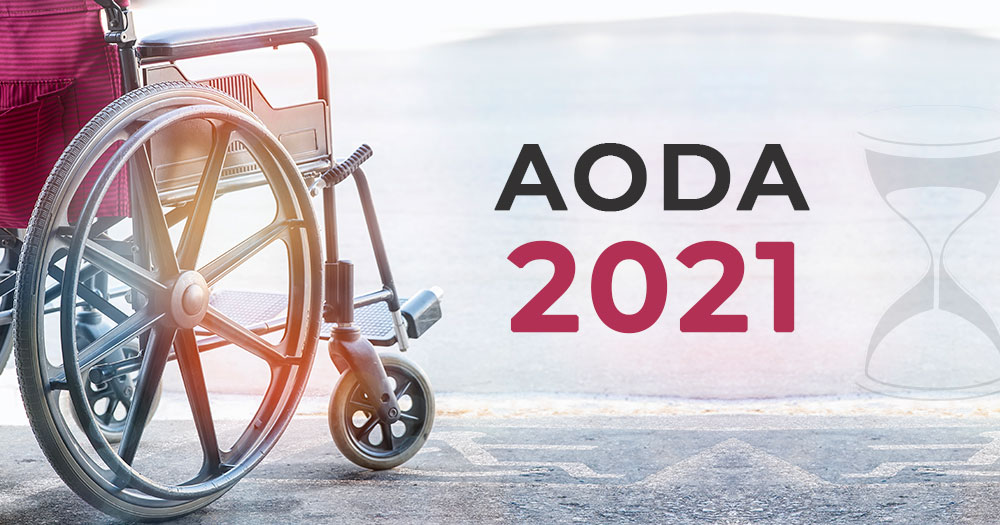Contents
ADA Compliance, Accessibility & Quality Assurance in eCommerce
As the foundation of ecommerce, it’s important to know the best design practices for websites and beyond. With her many years of experience and knowledge, Sivaranjani Ramamoorthy, ADA Compliance and Quality Assurance Lead at DCKAP, offers valuable insight into what accessibility is, the importance of using inclusive design, how it helps improve the customer experience and why it’s the backbone of ecommerce. In her presentation for the most recent DCKAP eSessions, she tells us about the necessity of ADA, accessibility, and the benefits of quality assurance. 
The primary goal of the Americans with Disabilities Act (ADA) when building websites is to allow access to all users and introduce equality in the virtual world. It maintains that anyone otherwise hindered be considered for accessing content and making purchases, and there are consequences for those who don’t follow the guidelines. But, it extends far beyond just access. It also touches upon how we design.
Color palette, as example, is something that every designer should think about when it comes to the audience they’re trying to reach. Knowing important details, such as color blindness being greater in men, can help inform designers on the best way to communicate to the audience. This helps with knowing the colors or layouts to use and produces a more successful and inclusive design overall.
There is a large market for even greater sales when looking at this particular demographic, which businesses would be wise to keep in mind, not only for achieving the lawful standards but also to offer them a more inclusive experience on your website. Make the checkout seamless for them, and you’ll see the sales come in. As Sivaranjani explains, “61 million people in the US live with some form of disability ranging from minor to major. So, this constitutes 26% of the overall US population.”

That’s a lot of people who are likely still struggling with making purchases online, and there is an opportunity for designers and merchants to include them beyond just the standard practices and staying within the law. This offers the chance for the greater reward of their inclusion and ultimately their business.
“If your functionalities and features are not accessible to a disabled user, then that would be a violation of law. It is not only a violation of law, you are losing a potential group of customers.” – Sivaranjani Ramamoorthy
As Sivaranjani tells us, there is a lot of money lost online with disabled users every year.“One out of three transactions are abandoned because the end users are not able to fully complete the transaction.” Accessibility is ultimately about overcoming the customers pain points, and the checkout is a primary example of where those shortcomings might be for potential customers.Keeping in mind statistics such as these, there is an opportunity to tap further into this market, solve customer’s pain points, and design even more inclusively. There is benefit beyond allowing all end users access your website and all its features. Target your users in the design, understand how they checkout, how the messaging is relayed and the best interactions around their needs. This is an important key to converting even more sales.
You can watch the full presentation here:
If you’d like to read highlights or watch any of the speakers from last year’s DCKAP eSummit event, you can visit our post event recap blog, and you can watch the full event playlist here. Next up will be the DCKAP eSummit 2021. Join us then to hear from some amazing speakers and guests, learn even more and find the best ways to start or grow your success in B2B eCommerce!






